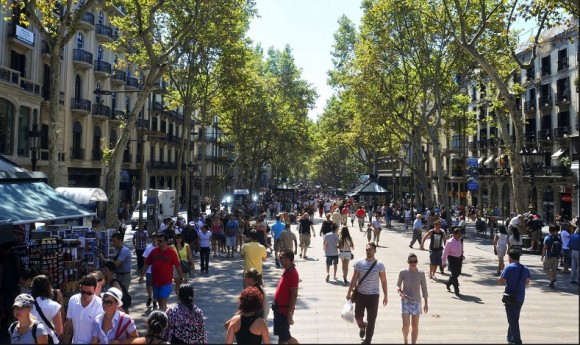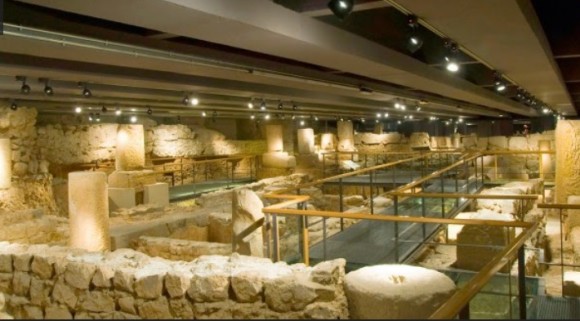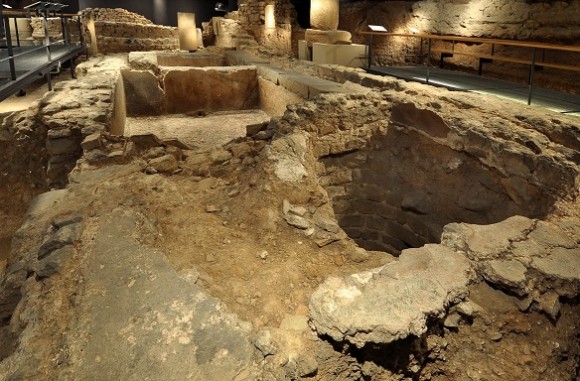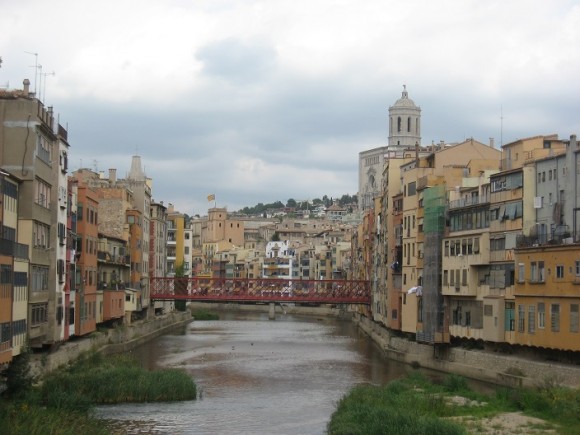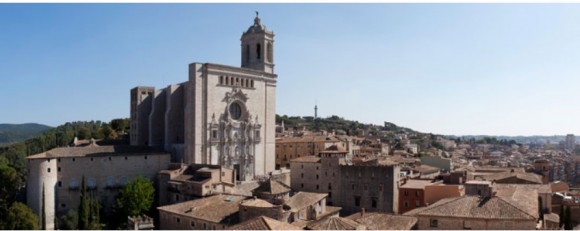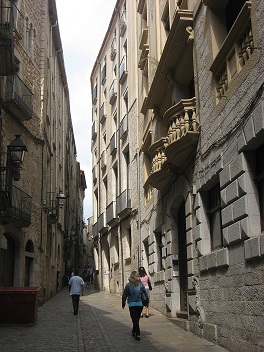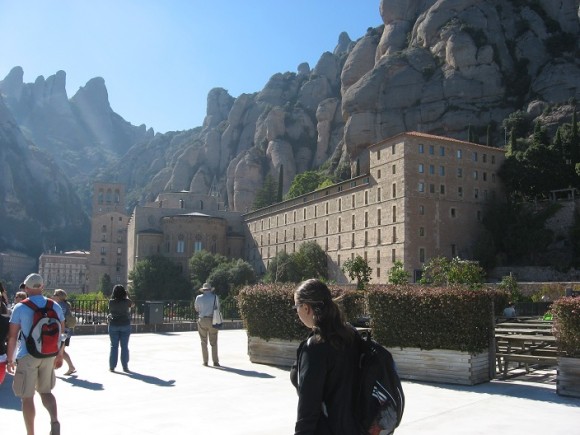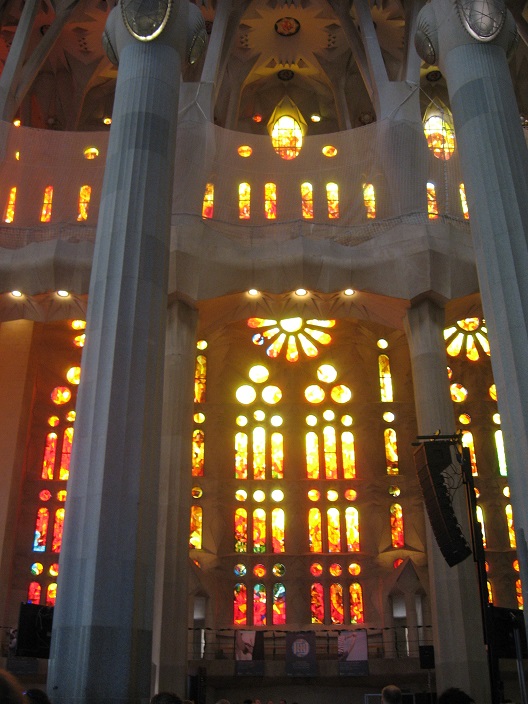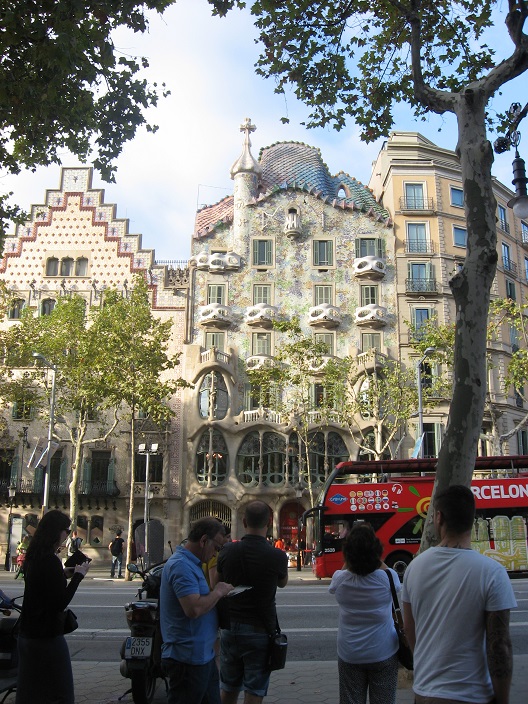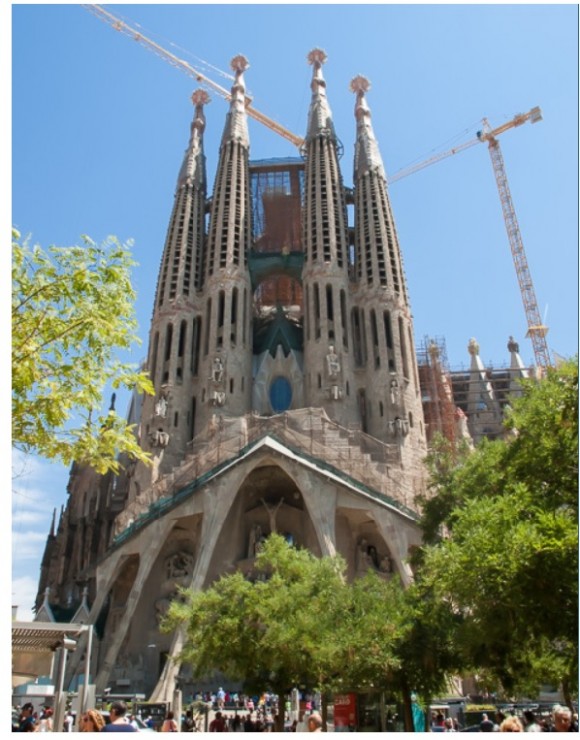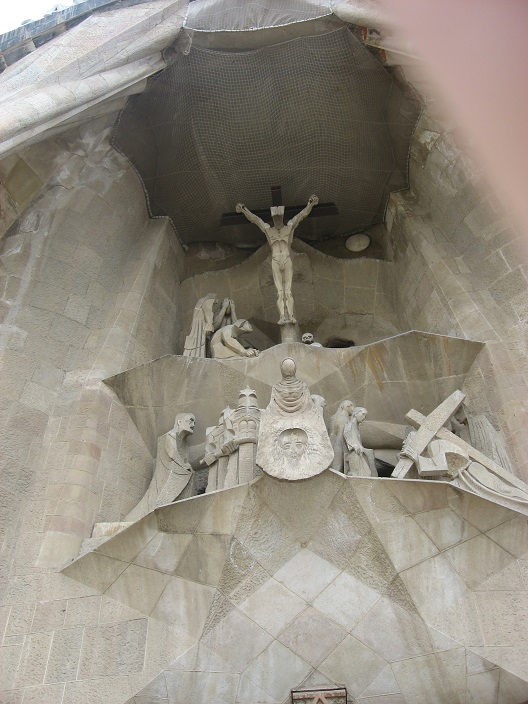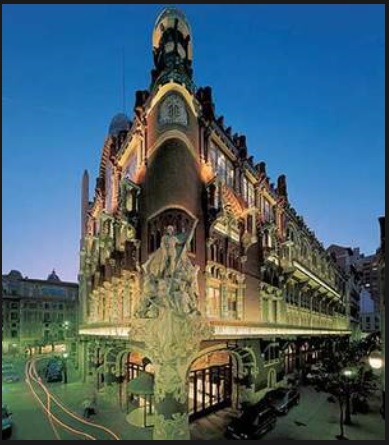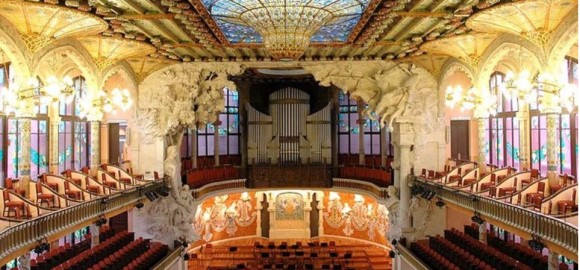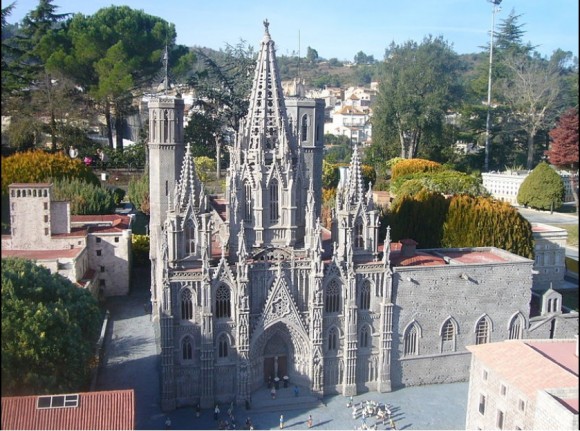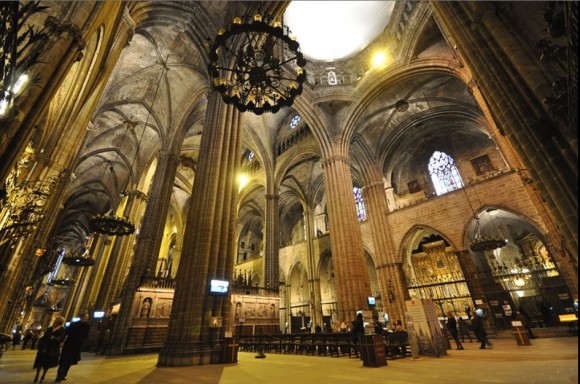Dear Commons Community,
The New York Times has an editorial (see full text below) on Mayor Bill de Blasio’s new school improvement agenda announced earlier this week. It does not criticize the agenda harshly but considers it a modest proposal and expresses concern especially regarding reading instruction. There are several legitimate comments in the editorial but I take exception to those about closing schools that are not performing and praising to a degree the actions that former Mayor Michael Bloomberg took “to great advantage, closing schools that were essentially dropout factories and starting afresh with institutions that yielded higher graduation rates”.
Michael Bloomberg was a good mayor for New York City but his improvement of public education particularly under the direction of Joel Klein was a disaster. Reading (which the editorial correctly mentions as most important) among NYC public school children did not improve much at all during the twelve years of the Bloomberg administration. As for high school graduation rates, most of the increase can be attributed to pushing students through the system using questionable alternate programs such as credit recovery which in some cases were substandard equivalents to passing high school courses. Many of these students upon entering college found they had significant remediation issues. In fact, as the graduation rates increased, the number of students needing remediation at CUNY colleges increased in almost direct proportion.
So I would please ask the editorial staff to provide a more balanced point of view on public education issues in New York especially regarding the contributions of the Bloomberg years. We have enough pandering to the corporate education agenda from Fox News. We do not need it from the New York Times.
Tony
============================
New York Times Editorial Mayor de Blasio’s School Agenda
September 18, 2015
The education initiatives that Mayor Bill de Blasio outlined in a long-awaited speech earlier this week, though modest in scope, address some serious challenges facing the largest school system in the country. Collectively, they call for $186 million in new city investment, and in the abstract they appear wholly worthy. But the city has yet to provide details on how the initiatives will be rolled out or the benchmarks against which they will be judged. And for the reforms to fully realize their potential, some failing schools may have to be shut down and completely restaffed and restructured.
It has long been clear that the system is failing at its most basic function — teaching children to read. Students fall behind early and never catch up. Part of the problem is that teachers generally are poorly prepared to teach reading and to reach children who do not catch on automatically. Mr. de Blasio calls for hiring 700 literacy specialists and distributing them in elementary schools throughout the system. The mayor’s goal of having, within six years, at least two-thirds of students reading fluently by the end of second grade is a laudable one, given that currently only 30 percent of third graders are proficient in reading.
At the moment, more than 20 percent of the city’s eighth graders do not have access to algebra classes, which means that these students are essentially shut out of higher-level math and science courses that prepare them for college. The new program calls for fixing that problem and for strengthening algebra instruction generally. Another proposal calls for adding Advanced Placement courses, through which students can get college credit, in over 100 high schools that do not have them. Still another proposal calls for providing computer science education throughout the school system, paid for by a public-private partnership. Mr. de Blasio also promises to raise the city’s graduation rate from the current 68 percent to 80 percent within 10 years.
Yet these ambitious initiatives will fail or fall short if the quality of reading instruction is mediocre or if the program becomes a patronage boondoggle in which well-connected people are hired regardless of talent. Truly dysfunctional schools are unlikely to be helped by the addition of reading specialists, no matter how skilled the specialists are. To rescue children stuck in such schools, Mr. de Blasio must be willing to dissolve the schools and begin again with a new staff and new leadership.
Mr. de Blasio’s predecessor, Michael Bloomberg, used this strategy to great advantage, closing schools that were essentially dropout factories and starting afresh with institutions that yielded higher graduation rates. The de Blasio administration has criticized this approach, preferring instead to give struggling schools what it describes as “supports” and using the shutdown option as a last resort. But given the pressing need for better education in poor communities, the city should not shy away from dissolving schools — either through outright closure or negotiated agreements with the teachers union — and starting again with a clean slate.
Parents and reform groups will be watching closely for further details, as will state legislators, some of whom have expressed doubts about the mayor’s ability to manage the 1.1 million-student system and its politically powerful teachers union. The Legislature’s opinion is important, since it must vote next year on extending the state law that gives the mayor control of the school system.

